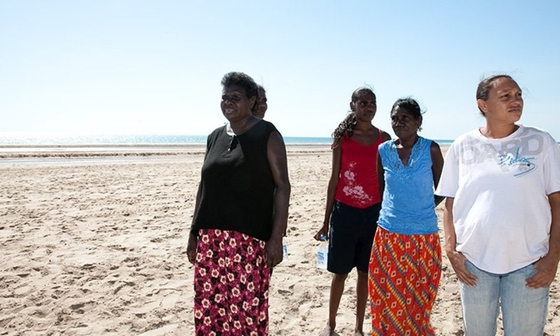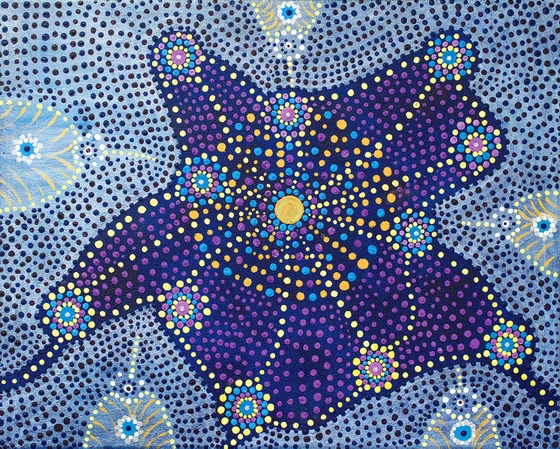
What is heart disease?
Heart disease can occur 10 to 20 years earlier among Aboriginal and Torres Strait Islander peoples and can lead to long-term health problems.
Key takeaways
2 min read
- Heart disease describes a range of conditions that affect your heart.
- Heart disease is the leading cause of death among Aboriginal and Torres Strait Islander peoples, causing 1 in 10 deaths.
- Healthy living can reduce the risk of heart disease.
- To know your risk of heart disease, it's important to get a regular health check with your doctor or health service.
What is heart disease?
Heart disease is the name for a range of conditions that affect the structure and function of the heart and blood vessels. It includes coronary heart disease, heart failure, valve disease, arrhythmias and blood vessel diseases.
A heart attack occurs when a coronary artery blocks or narrows because of a build-up of fatty plaque.
Heart failure: is a long-term condition where your heart muscle doesn’t pump blood to the rest of your body the way it should.
Valve disease: if you have heart valve disease it means your heart’s valves don’t open or close properly.
Rheumatic Heart Disease (RHD): if you have had acute rheumatic fever (ARF), this can cause swelling and damage to the valves of your heart leading to RHD.
Arrythmias: is a fault in the heart’s electrical system, which affects your heart’s pumping rhythm.

The good news is some cases of heart disease can be prevented. Things like not smoking, making healthy food choices and moving more can reduce risk.
Learn more about heart disease, click here.
Learn how the heart works
To learn more about how the heart works, click here.

Are you at risk of heart disease?
Preventing heart disease starts with knowing your risk factors and making changes to live a healthier life.

How to keep your heart strong
Support and resources to help you stay healthy and reduce risk of heart disease.

What is acute rheumatic fever and rheumatic heart disease?
Rheumatic heart disease is a serious disease that causes damage to your heart valves.

First Nations heart health
More First Nations people are impacted by cardiovascular (CVD) than other Australians.

Pilbara Aboriginal Heart Health Program
The Pilbara Aboriginal Heart Health Program works with local communities to improve heart health.

Aboriginal heart health website
Visit the St Vincents Hospital NSW and Heart Foundation Aboriginal heart health website for more information
You might also be interested in...

What is heart disease?
Heart disease is a major cause of health problems and death in Australia, but it’s often preventable. Learn more about the different types of heart disease.
.jpg?width=560&height=auto&format=pjpg&auto=webp)
How your heart works
Your heart is a muscle that pumps blood and oxygen to all parts of your body. Your heart also has its own blood supply
.jpg?width=560&height=auto&format=pjpg&auto=webp)
What is an arrhythmia?
Explore the different types of arrhythmia, including tachycardia, bradycardia, and irregular heartbeats. Learn about symptoms, causes, and treatment options.
References
1. Australian Institute of Health and Welfare. 1.05 Cardiovascular disease. AIHW. Accessed 4 Jan 2024, https://www.indigenoushpf.gov.au/measures/1-05-cardiovascular-disease
2. Australian Bureau of Statistics. Causes of Death, Australia. 2022. Accessed 4 Jan 2024. https://www.abs.gov.au/statistics/health/causes-death/causes-death-australia/latest-release
Last updated12 March 2024
Last reviewed04 January 2024